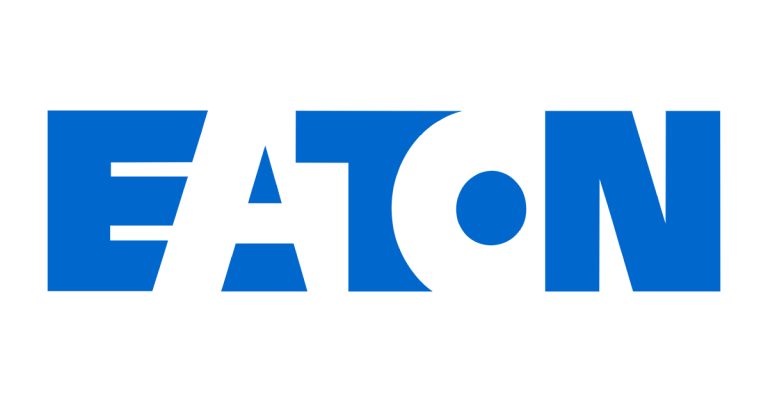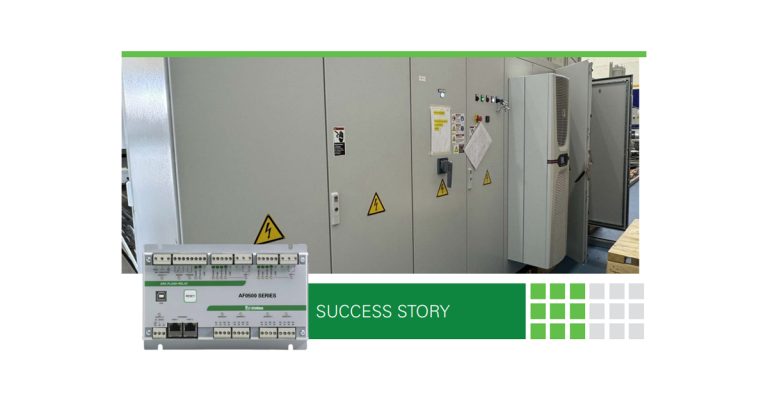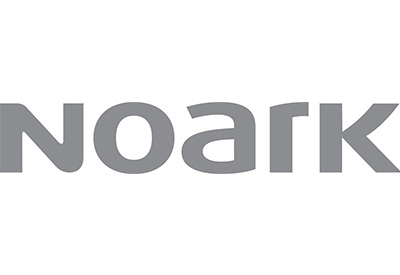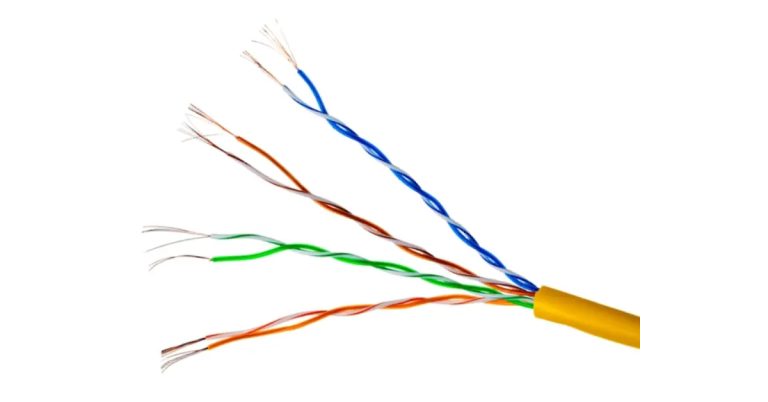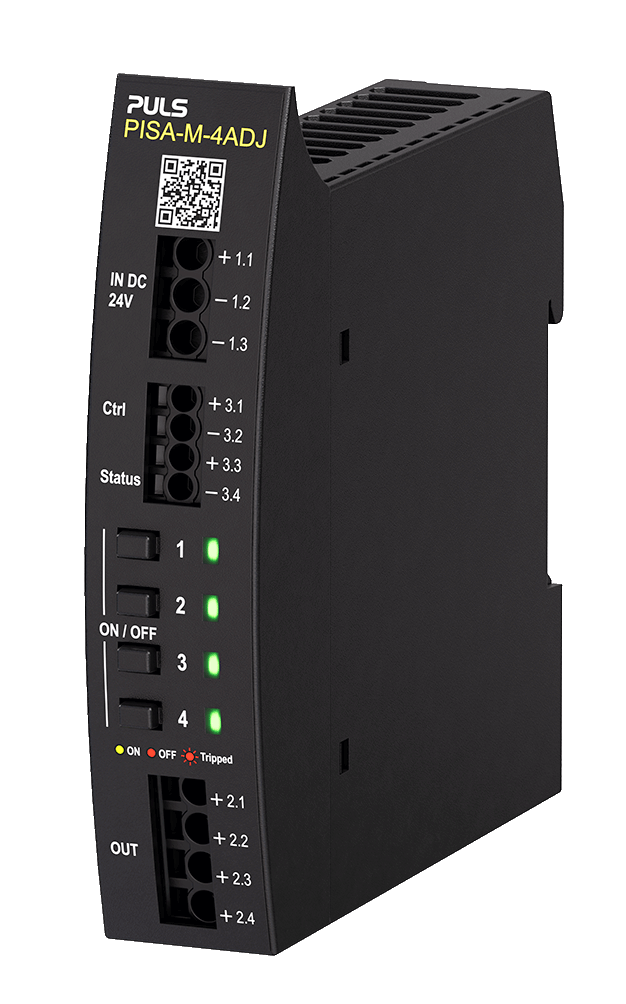Accelerating Digital Transformation
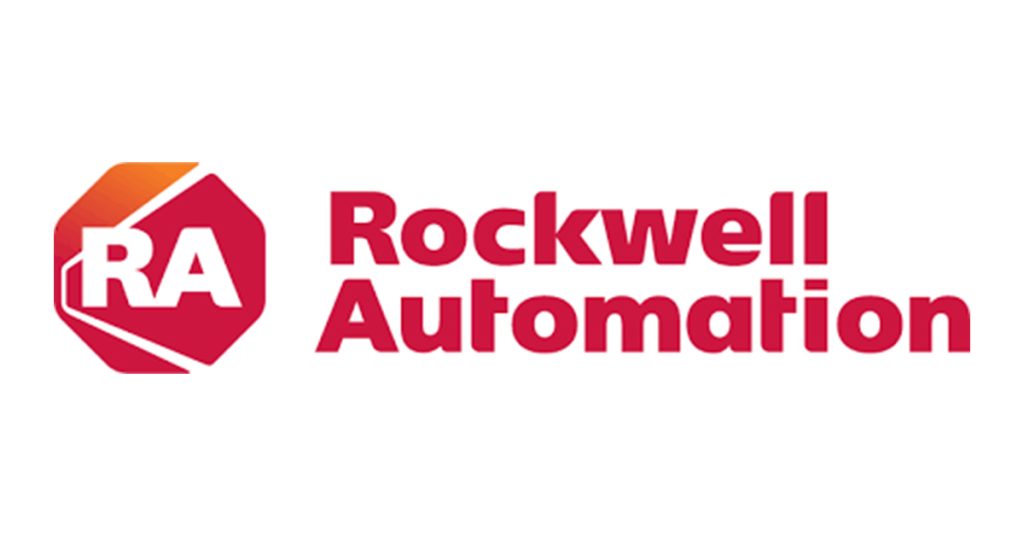
July 30, 2024
By Susan Burtch, Lead Commercial Portfolio Manager, Visualization Software, Rockwell Automation, and Paul Haikal, Commercial Portfolio Manager, Visualization Software, Rockwell Automation
Digital transformation in the manufacturing space is being driven by modern visualization software and Human Machine Interface (HMI) technology. These new technologies are helping to drive operational excellence, process optimization and competitiveness. This article will explore how visualization software and HMI technology enable this transformation through an open, agnostic system that facilitates collaboration and communication.
Existing Barriers
Companies today face several challenges related to digital transformation. One considerable problem is connectivity due to legacy technology silos, differing data formats and a lack of interoperability. For instance, machines on the plant floor can have air gaps, making it hard to extract data to move processes to the cloud to perform analytics, derive intelligence and add business value. In many cases, air gaps exist due to the lack of standards and APIs that enable systems to interface with each other.
Cost is another barrier to digital transformation, as the initiatives often require significant investments in technology, enterprise-level licensing, specialized talent and infrastructure improvements. Technical debt often impacts older facilities as migrating away from these systems can be complex and time-consuming. The cost of the infrastructure improvements and the actual products on top of that alone is substantial, so balancing these costs with the expected returns can be a challenge.
As employees exit the workforce, knowledge gaps can emerge. Modern HMI visualization technologies can shorten the onboarding process, accelerate digital transformation and provide opportunities for new staff with different skill sets. Additionally, there are opportunities to uplevel existing experts through training for them to be fully conversant with new products and technologies.
IT-OT convergence is another common issue to be considered because it involves aligning different objectives, technologies, cultures and security considerations. Overcoming these restraints requires careful planning, collaboration and a strategic approach to bridge the gap between IT and OT domains. The smoother the IT-OT convergence is and the tighter those teams collaborate, the more likely the customer is going to be successful.
Scalability presents yet another challenge as it involves careful planning, resource allocation, cost management and technical considerations. Organizations must address these factors to ensure scalability of their digital systems to meet growing demands and perform optimally under heavy loads for long-term success.
Accelerating Digital Transformation
For visualization and HMI platforms, there are several specific qualities and features that are important in accelerating digital transformation in manufacturing. Manufacturers are constantly looking to minimize downtime, maximize production and eliminate bad products and waste.
On the production side, HMI is the key interface that provides operators with a live snapshot of what is going on in a machine, production line or system. HMI essentially connects the plant floor, the machine, the system, the production line and any higher-level channels that might be used for data analytics. Driving this connection is visualization software. The data collected needs to be presented to operators in a format that’s understandable and actionable, with customized outputs to deliver data appropriately for a particular operation.
Traditionally, HMI was seen as having a specific function or role on the plant floor when it came to digital transformation. However, this evolved with the advent of the connected enterprise, when fully integrated systems became of paramount importance. It is here the flexibility, scalability and extensibility of visualization software, the ability to communicate to multiple controllers, multiple systems, becomes a primary enabler for digital transformation using IoT protocols, for example OPC Unified Architecture (OPC UA) or Message Queuing Telemetry Transport (MQTT).
Access to historic data is a crucial factor on the runtime side, essentially digitizing what used to be tracked manually on the plant floor. A core consideration when selecting visualization software is an integrated data logger or historian that allows data to be digitally historized.
Moving to the design side of manufacturing, HMI and visualization software accelerates digital transformation by delivering a collaborative development environment and the ability to leverage SaaS cloud-based tools to enable new business models. End Users can be connected with their design development team, often consisting of multiple designers working on the project simultaneously, enabling collaboration, flexibility, security and transparency, regardless of location.
HMI tools also allow developers collaborating on code to use a centralized repository like GitHub for code management and version control. Users can merge changes seamlessly, avoiding duplication of efforts. The centralized environment provides a comprehensive view of project status, change history and version control, which help transparency. HMI tools enable OEMs to collaborate externally as well as with customers or partners to share ideas, troubleshoot and evaluate applications. Designers benefit from creating reusable code libraries in this repository, promoting trust and efficiency. They can easily incorporate trusted code modules into their applications, enhancing differentiation.
Finally, HMI and visualization also support digital transformation with machinery maintenance, empowering operators with remote access. Issues can be flagged, and notifications sent to maintenance engineers, and integrated chat tools and screen sharing capabilities connect on-site operators with remote technicians to relay issues and maintenance solutions.
Embracing the Future
Looking ahead, as OEMs and system integrators look to adjust their business models or create new ones and build the infrastructure to support cloud-based connectivity and monetize that, there are opportunities for them to partner with automation solution providers.
While HMI tools and visualization software are central to the digital transformation of manufacturing, other tools are essential to form a complete system. Embracing these technologies is necessary for manufacturers to optimize operations, enhance quality, reduce costs and stay competitive in today’s data-driven world.

https://www.rockwellautomation.com/en-us/company/news/blogs/accelerating-digital-transformation.html


